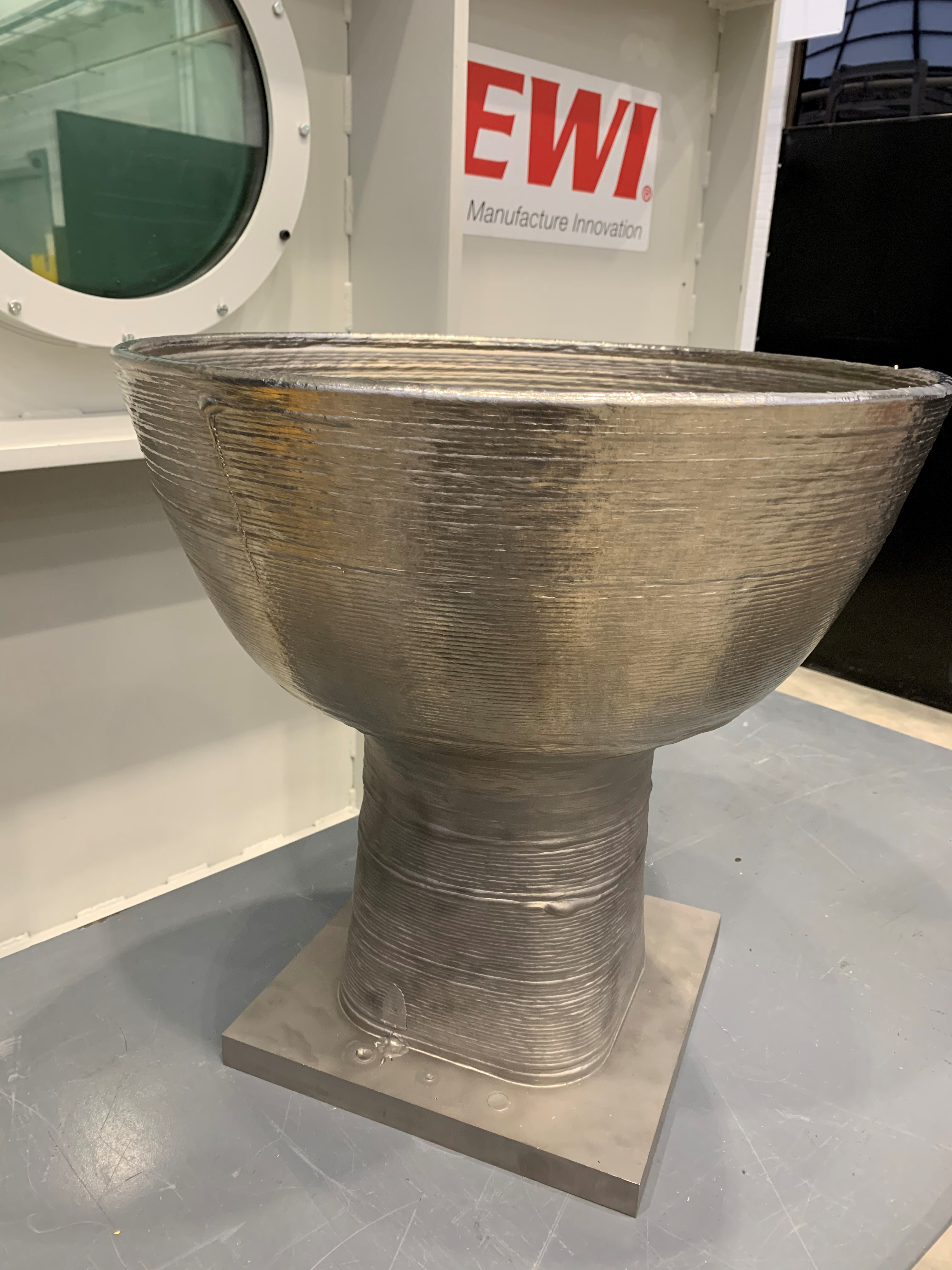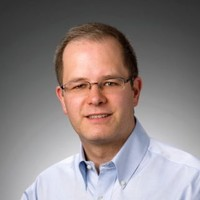Introduction to AM: Five Steps for Getting Started
February 3, 2020Comments
At the start of a new year, many manufacturers find themselves considering new technologies and techniques. Increasingly, these include additive manufacturing (AM). But where to begin? This article will walk you through five steps for navigating metal 3D printing.
No. 1: Explore
As you begin your metal 3D printing quest, explore the many solutions out there, each with its own strengths, and each represented by multiple companies. This can be confusing as vendors market the benefits of their systems and, in many cases, label similar technologies differently. One technology may be great for one company, but not for another, depending on the application. Example: wire-based directed energy deposition (wire-DED) versus laser powder bed fusion system (L-PBF). DED builds large, near net shape parts quickly, to 25kg/hr, but has large layer lines, which typically require post machining afterward. An L-PBF system, however, excels at finely detailed small parts, but often requires long build times, which can be cost-prohibitive as parts get larger.
No. 2: Invest Time
 Many companies expect to put an AM machine into their facility one day and build production parts the next. This rarely happens, because of the learning curve. Expect to invest 6 to 12 months before becoming fully knowledgeable on the system as you will need to learn how to adjust the program settings for your specific material, geometry and machine; how to utilize support structures to hold the parts while building; and steps for ensuring proper heat transfer and cooling. Be sure to account for this learning curve in your ROI calculations.
Many companies expect to put an AM machine into their facility one day and build production parts the next. This rarely happens, because of the learning curve. Expect to invest 6 to 12 months before becoming fully knowledgeable on the system as you will need to learn how to adjust the program settings for your specific material, geometry and machine; how to utilize support structures to hold the parts while building; and steps for ensuring proper heat transfer and cooling. Be sure to account for this learning curve in your ROI calculations.
No. 3: Don’t Assume Part Conversion
Converting an existing CNC-machined part design to additive typically will not be cost-effective or practical. Metal 3D printing is most successful for parts designed specifically with features and geometries that cannot be made with traditional manufacturing. In addition, the technology often enables the combination of multiple parts into a single piece, which can eliminate assembly time, reduce weight from mounting hardware and result in an optimized part.








